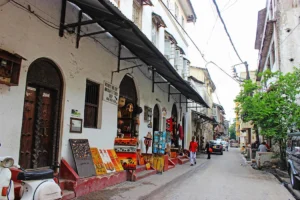Kenya Foodie Scene: From Maasai Flavors to Swahili Delights
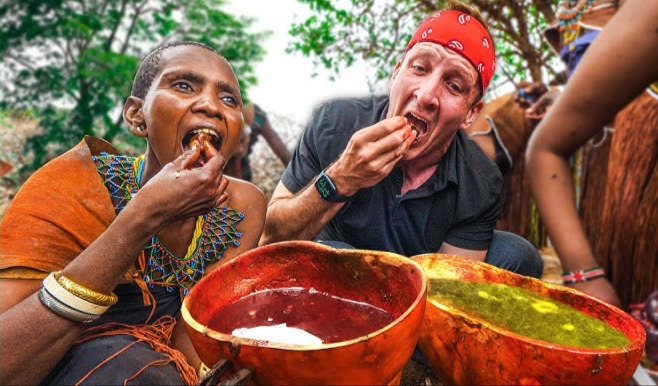
Kenya’s culinary landscape is a vibrant mosaic of flavors, a delicious reflection of its diverse ethnic groups, historical trade routes, and geographical variety. From the pastoral traditions of the Maasai to the spiced-infused coastal cuisine of the Swahili people, a journey through Kenya is a true feast for the senses.
The Heart of the Heartland: Maasai Culinary Traditions
The traditional diet of the Maasai people, a semi-nomadic community in Kenya and Tanzania, is deeply rooted in their pastoral lifestyle. Their cuisine is built on a foundation of six core foods: milk, meat, fat, blood, honey, and tree bark. These ingredients are not just sustenance but are also imbued with cultural and spiritual significance. Milk, for instance, is a symbol of life and purity, consumed daily both fresh and curdled. Blood, rich in iron and protein, is a sacred drink, often mixed with milk for special occasions, such as when a warrior needs strength or a mother has given birth.
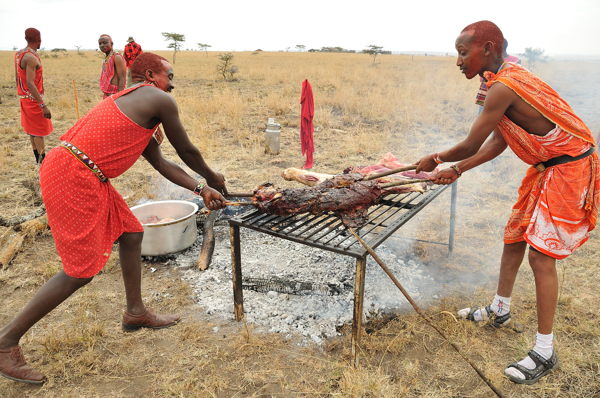
Meat, typically goat, beef, or sheep, is reserved for ceremonial occasions and feasts. A classic Maasai feast involves nyama choma (roasted meat), which is cooked over an open fire with minimal seasoning—often just salt and local herbs—allowing the natural flavor of the meat to shine. This simple yet profound approach to food preparation underscores a deep respect for the land and its bounty.
The Coastal Spice Route: Swahili Delights
Traveling to Kenya’s coast is like stepping into a different culinary world. Here, the flavors of East Africa blend seamlessly with those of India, Arabia, and Portugal, a legacy of centuries of Indian Ocean trade. Swahili cuisine is defined by its liberal use of spices like cloves, cardamom, cumin, and cinnamon, which infuse dishes with complex aromas and tantalizing heat.
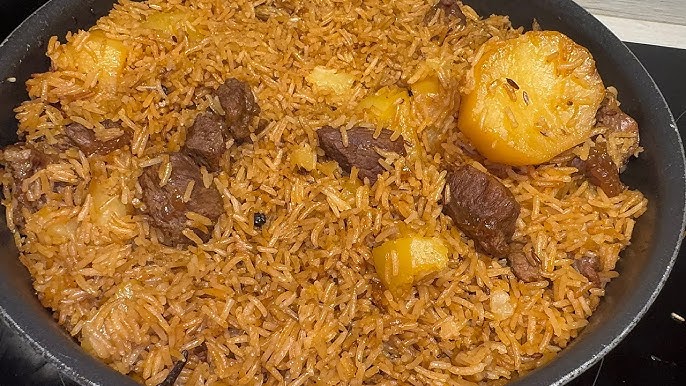
A cornerstone of Swahili cuisine is pilau, a fragrant rice dish cooked in a rich, spiced broth with meat or vegetables. Another beloved dish is biryani, a layered rice and meat delicacy that is a true labor of love. The coastal region is also known for its fresh seafood, prepared wa kupaka style in a creamy, coconut-rich curry sauce. For breakfast or a snack, you’ll find mahambri—spiced, deep-fried doughnuts—and mbaazi za nazi, pigeon peas simmered in coconut milk, a sweet and savory delight often enjoyed with chapati, a soft, layered flatbread.
From the Street to the Plate: Urban Food Culture
Kenya’s vibrant street food scene offers a taste of the country’s everyday life, serving up delicious, affordable, and often quick meals. One of the most iconic street foods is nyama choma. While also a ceremonial dish, it’s a popular staple at roadside shacks and bars across the country. Other must-try items include mutura, a traditional Kenyan sausage made from minced meat and spices, grilled to perfection, and samosas, a legacy of Indian influence, filled with spiced meat or lentils.
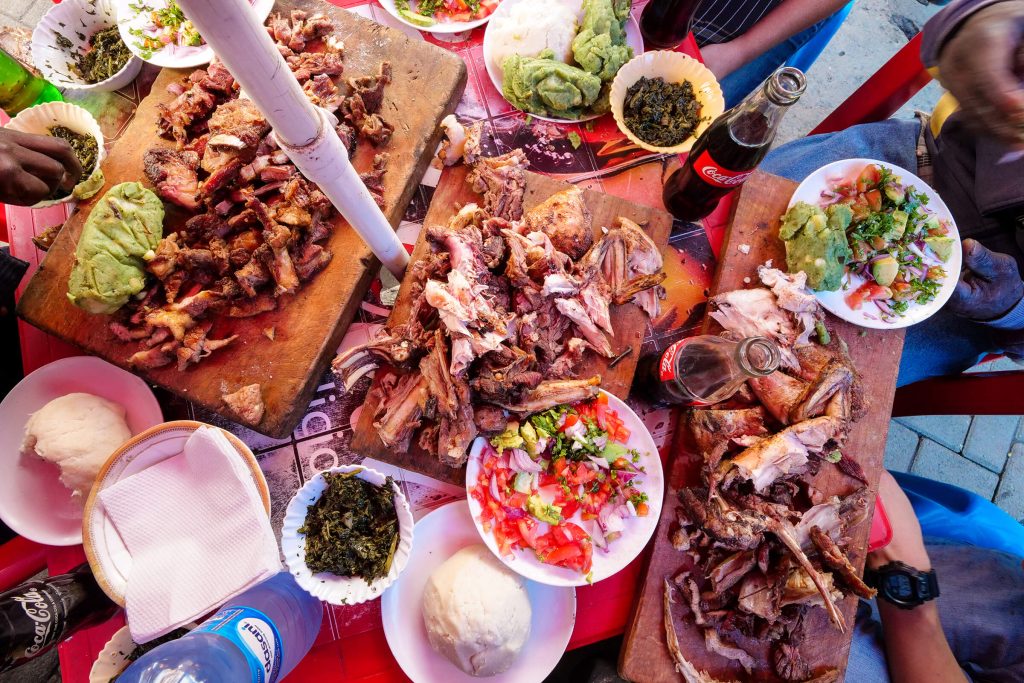
Viazi karai, deep-fried potatoes coated in a turmeric batter, are a coastal favorite, often served with tangy tamarind sauce. In Nairobi, a popular snack is a smokie pasua—a grilled sausage sliced open and filled with kachumbari, a fresh salad of tomatoes, onions, and chili. This mix of indigenous and borrowed flavors makes Kenya’s street food a dynamic and exciting culinary adventure.
The Modern Kenyan Kitchen: A Fusion of Old and New
In recent years, Kenya’s culinary scene has been evolving, with modern chefs and home cooks reinterpreting traditional dishes for a new generation. This movement is fueled by a renewed interest in indigenous ingredients and healthier eating habits. Restaurants in cities like Nairobi are now offering gourmet versions of classics like githeri (a maize and bean stew) and mukimo (a mashed mix of potatoes, maize, and greens).
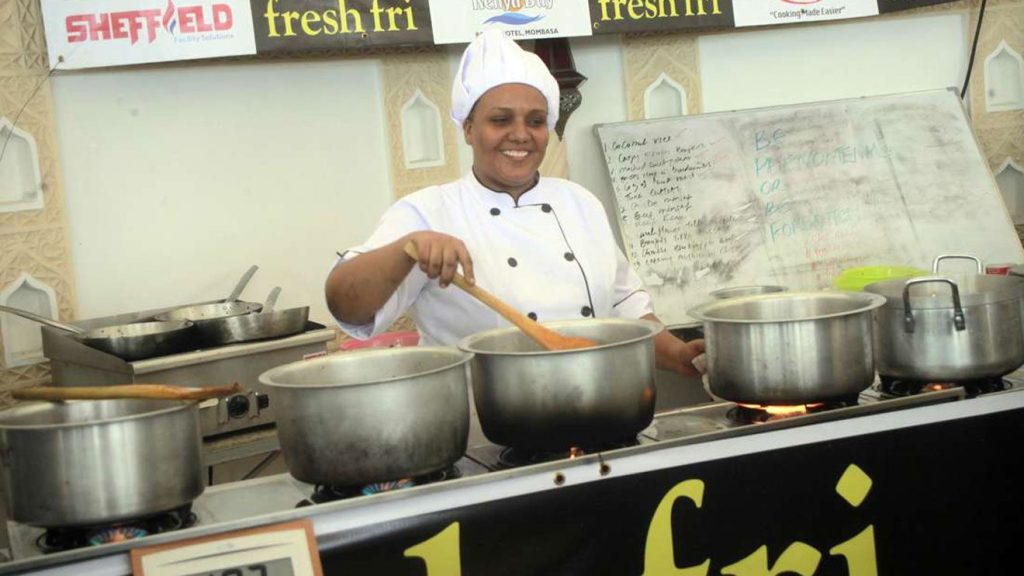
Chefs are experimenting with fusion cuisine, incorporating local ingredients like indigenous chicken and African leafy vegetables into contemporary dishes. This trend is not just about innovation but also about preserving Kenya’s rich food heritage while adapting to modern tastes and dietary preferences. It’s a testament to a food scene that is as dynamic as it is delicious, a journey that continues to unfold, one flavorful bite at a time.
Kenya’s food scene is a vibrant tapestry woven from its diverse cultures and rich history. From the hearty, pastoral flavors of the Maasai to the aromatic, spice-infused delicacies of the Swahili coast, this culinary journey is a testament to the country’s unique identity. The food not only nourishes the body but also tells a story of tradition, community, and innovation.
As Kenya continues to embrace its heritage while also experimenting with modern techniques, its foodie scene promises to evolve, offering an even richer and more exciting experience for locals and visitors alike. Whether it’s a simple, comforting bowl of ugali or a complex, fragrant seafood curry, every dish is a celebration of Kenya’s abundant land and the warmth of its people. This is more than just food; it’s a true taste of Kenya.
If you want a full Kenya food experience, we highly recommend you rent a car and driver in Nairobi city and let our guide lead you to all these places for a chance to sample the vibrant cuisine of Kenya. Contact us today sending an email to info@rentadriverkenya.com or call us now on +256-700135510 to speak with the reservations team.



